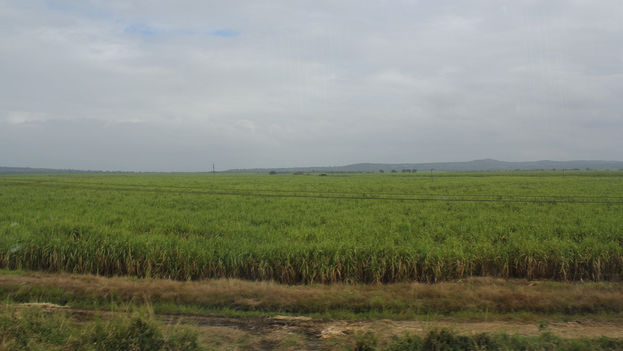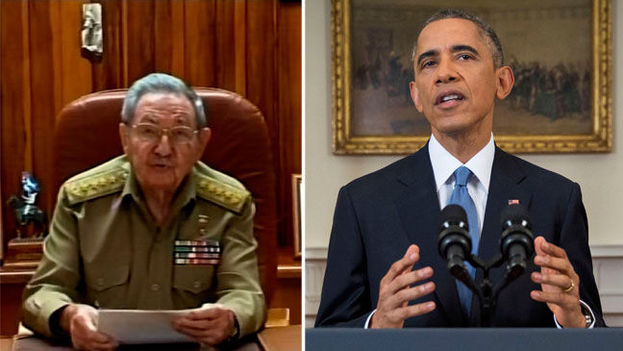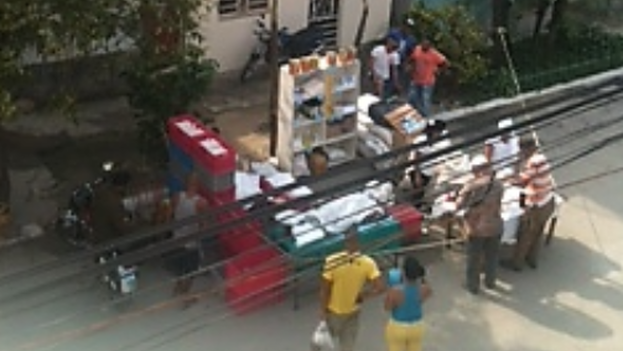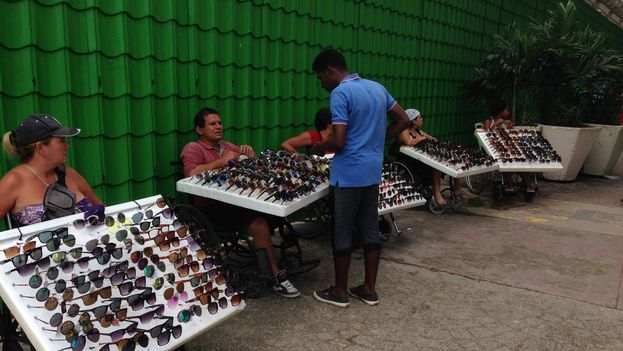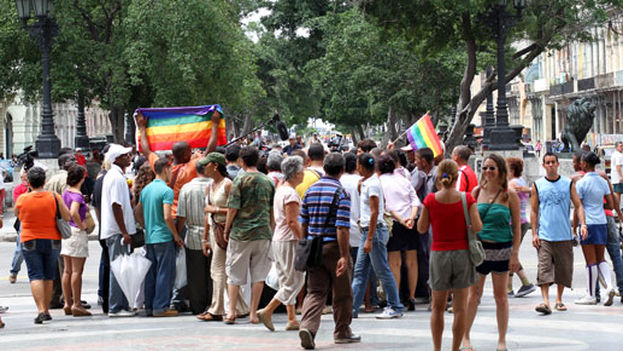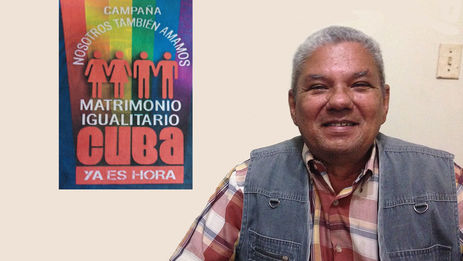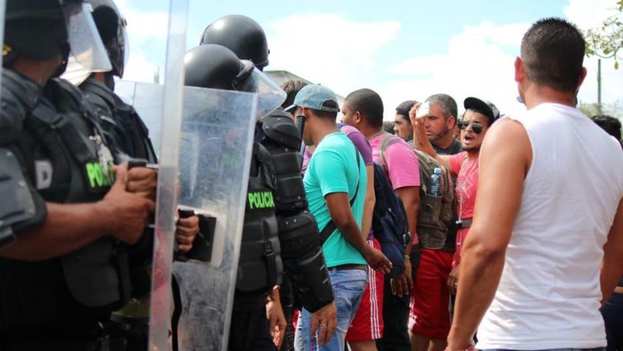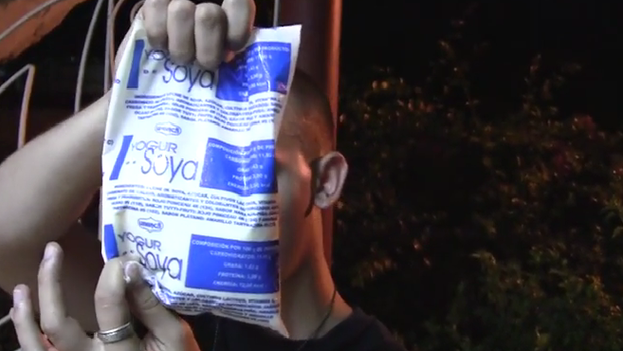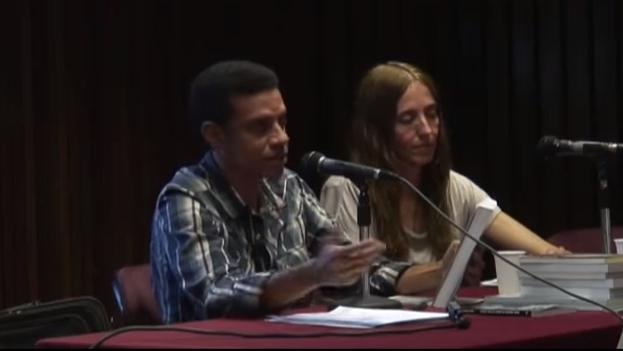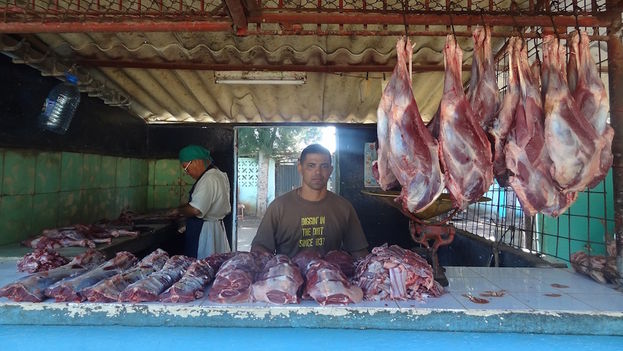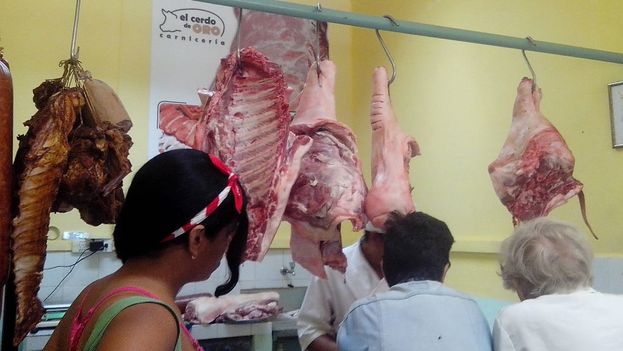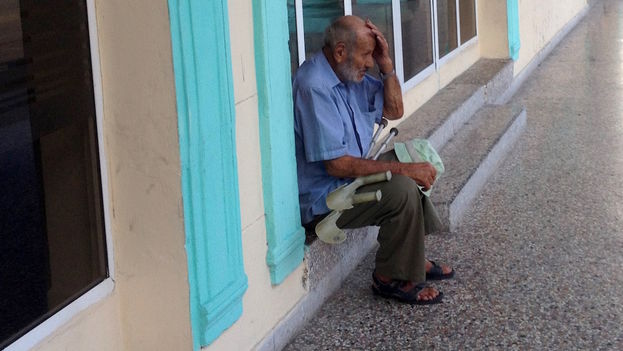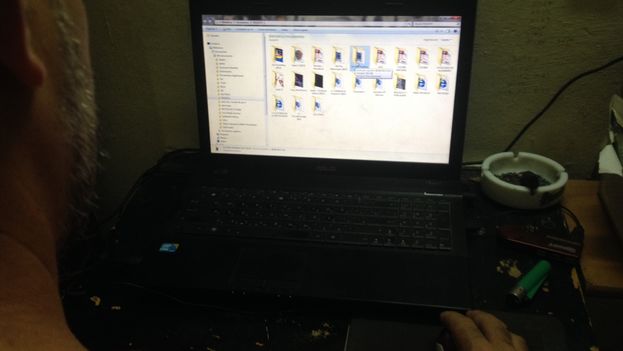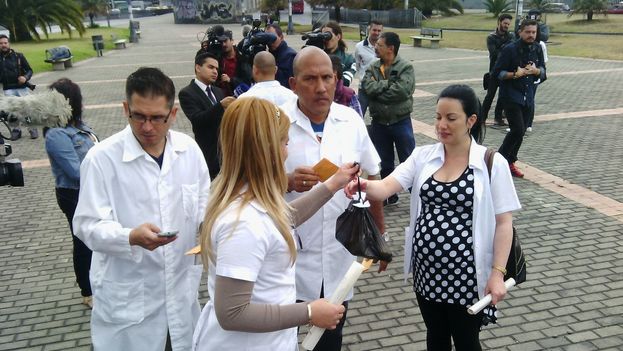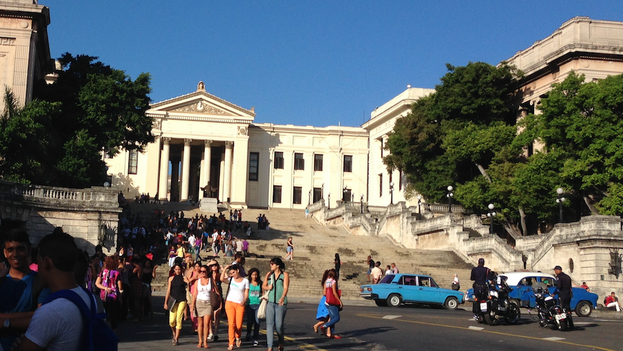
![]() 14ymedio, Orlando Palma, Havana, 7 January 2016 — A year after the elimination of the National Housing Institute, the irregularities that led to dissolving that powerful government agency continue. Excessive paperwork and delays are an annoyance to the population that has barely seen any benefits from transferring its functions to other state agencies.
14ymedio, Orlando Palma, Havana, 7 January 2016 — A year after the elimination of the National Housing Institute, the irregularities that led to dissolving that powerful government agency continue. Excessive paperwork and delays are an annoyance to the population that has barely seen any benefits from transferring its functions to other state agencies.
On 5 January 2015 Decree Law 322 took effect, ending the decades-long reign of the National Housing Institute. Since then, the Ministry of Construction assumed the power to govern the housing policy of the country, while other functions were given to the Institute of Physical Planning (IPF), the courts and the Ministry of Labor and Social Security.
During the last twelve months, 200,000 complaints have been received about procedures related to housing. This figure exceeds the documented dissatisfaction against the agency that previously dealt with these issues, as reported during last December’s session of the National Assembly. continue reading
Diana Rosa Suarez, legal director of the IPF, told the official media that there are delays in the procedures, mainly those related to technical advice and planning regulations, although there are also delays in materials and shortages of personnel, especially qualified people.
The official defended her organization, saying that the current document that certifies housing as “inhabitable” – for newly constructed or repaired homes – now includes more data than before. Among these are measures of the property and its boundaries and even the house number that is going to be attached to the façade.
However, the arguments of the IPF representatives don’t appease the critics. Caridad Rodriguez, a resident of the Regla district in Havana, believes that “things may have changed up there, but down here they continue as before.” The retiree says that asking for the services of the community architect is supposed to take two weeks, but you have to wait four months.
“To sell my house I had to get it on the property registry,” the lady explains, “so I needed a specialist to confirm that the property boundaries coincide with those on the paperwork. After getting the opinion of the architect, I had to wait 45 days for the registry office to give me a certified deed to the property. Now, I’m looking for a new buyer for the property because the previous one was in hurry and withdrew his offer.”
In Villa Clara province, 70% of the comments from citizens in last year’s Accountability Assemblies referred to problems in legalizing titles to land and housing or access to subsidies, as reported at the parliamentary meeting in the Palace of Conventions. The same thing happened in the provinces of Las Tunas, Granma and Sancti Spiritus.
The Institute of Physical Planning, led by General Samuel Rodiles Planas, is also increasingly unpopular. Many see this institution more as a brake than an accelerator on the initiatives of people to construct housing by their own efforts.
In an effort to combat the urban illegalities and violations, there has been a proliferation os demolitions of housing or additions that have been used for decades to expand living space.
In the Alamar neighborhood, Vladimir Pacheco, who lives in a two-room apartment on the ground floor of a five-story building, built two bedrooms attached to his home, as he interpreted it a no man’s land. “I came here with my wife and two sons in 1976,” he told this newspaper.
“In the eighties my daughter was born and by 2004 we were nine people counting my four grandchildren,” he adds. The man decided to extend his unit on land at the base of his apartment. In July of last year, inspectors from the Institute of Physical Planning announced that they would demolish the construction. “My two sons say that if they tear down the rooms they’ll launch themselves on the sea,” says the worried homeowner.
A notary in the Havana municipality of Playa, a lawyer who asked not to be identified, told 14ymedio that now it must be recognized that the procedures have become more complex. “The day that in this country we can build all the houses that people need, we are going to have to change all the mechanisms that exist today,” he says and confesses that “otherwise they will have to import notaries from elsewhere.”
The real challenge of housing policy goes beyond illegalities and corruption, beyond urban violations or determination of boundaries. The lawyer says, “The problem is much more complicated than shortening the lines or the waiting time for a document, and at the same time it is as simple as placing one brick on top of another.”

